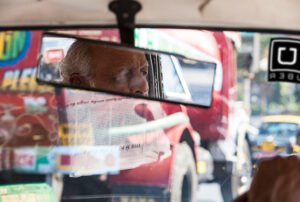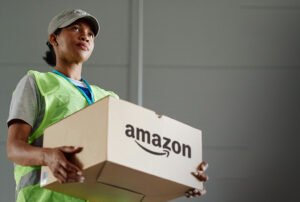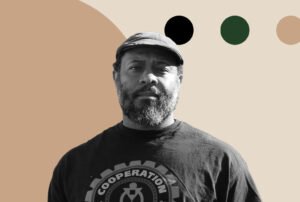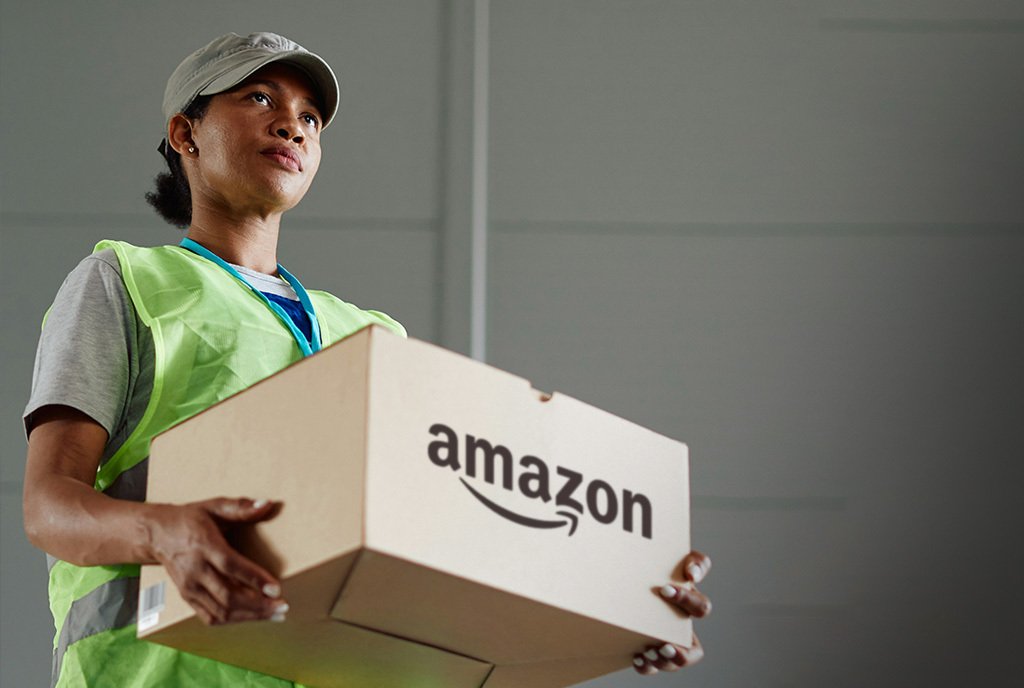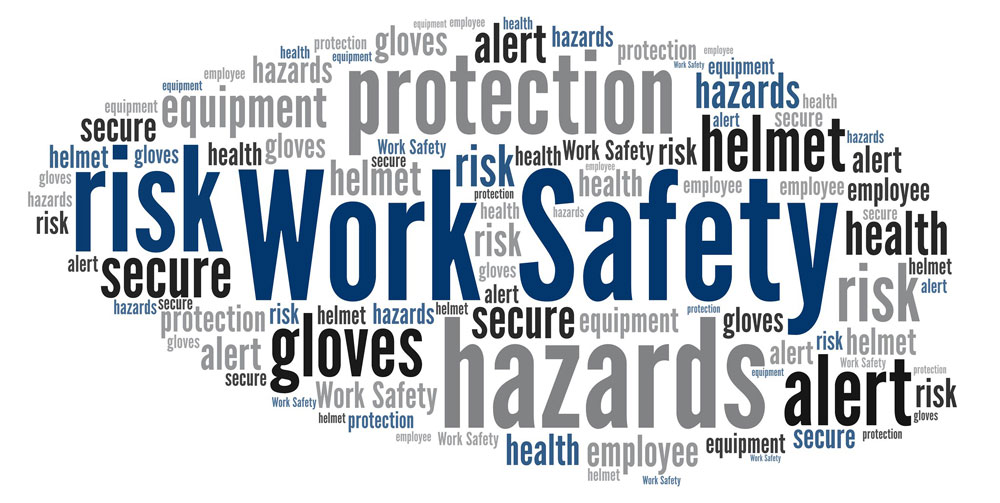
April 23, 2020; Washington Post
Time and again during this global pandemic—too many times—we have read stories like these:
- At Providence Saint John’s Health Center in Santa Monica, California, 10 nurses were placed on administrative leave for demanding they be given N95 masks while treating COVID-19 patients.
- In Sioux Falls, South Dakota, a county health inspection on April. 8th at a Smithfield pork-processing plant found 80 confirmed cases of COVID-19. With some protective measures added, the plant kept operating for another week, only shuttering after the caseload exceeded 600.
- At a Chicago-area Walmart, two employees, ages 48 and 51, died from COVID-19 within a week of each other. The brother of one of the deceased filed a wrongful death lawsuit, alleging that the store “didn’t provide protective masks and gloves, adequately disinfect the store, or keep workers apprised of their colleagues’ illnesses.”
- In New York City, at least 41 workers of the Metropolitan Transit Agency, the city’s subway and bus system, have died from the novel coronavirus and the number of confirmed cases tops 1,500, with thousands more in self-quarantine. The pandemic has caused over 800 subway delays and on one day forced as many as 40 percent of all train trips to be canceled.
In this pandemic are emerging many lessons—and one of those is the lesson of who actually performs essential work in our economy: grocery workers, farmworkers, healthcare workers, meat packers, transportation workers, and more. A New York Times article estimates that there are 48.7 million essential workers in the US, yet often these essential workers, who are in their majority women and often are of color, are among the least well protected and poorest compensated. For example, an estimated 50 percent of the country’s 2.1 million farmworkers are undocumented—and hence excluded from stimulus checks or unemployment insurance.
Writing in the Washington Post, William Jones, a history professor at the University of Minnesota, notes, “Frontline workers deserve protection, and this demands listening to the specifics of their workplace grievances so they can perform their jobs and maintain their health and safety, and those of their co-workers and customers.”
Jones observes that stronger unions could make a difference. Of course, unions have been on the decline for some time now. Jones notes that, “While the percentage of workers who said they wanted to join a union increased between 1977 and 2017, the proportion of workers who were able to do so plummeted from 25 percent to 10 percent.” Jones adds that legislation that passed the US House of Representatives earlier this year and now languishes in the US Senate called the Protecting the Right to Organize Act, or PRO Act, could make a difference.
Sign up for our free newsletters
Subscribe to NPQ's newsletters to have our top stories delivered directly to your inbox.
By signing up, you agree to our privacy policy and terms of use, and to receive messages from NPQ and our partners.
Unions, Jones points out, “can help frontline workers provide essential services without risking their own health and safety.” In Oakland, California, union representation helped protect Blake Anderson, an emergency medical technician who joined a “strike team” to aid passengers quarantined on a cruise ship. Anderson credits his union with giving him and his co-workers “peace of mind” by negotiating for protective equipment and safety protocols.
But union protection is only half the formula. The other half requires creating a culture of safety, including giving workers the right to, in the words of an old factory phrase, “stop the line” if conditions are dangerous. In New York City, union bus driver Ronald Spring told the New York Times that, “We are supposed to have equipment for us to go out and serve the public even in a crisis. But we didn’t see any of that happening like it should have.” Ironically, the transit agency had prepared a pandemic plan in 2012, but “did not implement many aspects of the plan until nearly a month after the virus had arrived in New York,” according to transit workers.
The Smithfield plant was another instance in which workers were unionized, but the union was unable to measurably affect management behavior. Union representatives raised safety concerns early on—in March, in fact—but their pleas for safety measures were largely ignored by management.
In short, strengthening unions is a necessary but not sufficient condition for making employees safer at work. As Jones reminds us, one of the key purposes behind changing labor laws to bolster unions in the Great Depression was the belief that there is a “public interest in giving workers a voice” at work. While the importance of voice sometimes gets lost amid discussions of wage and benefit disputes, it is a vital value for labor law to promote. And, as the pandemic reminds us daily, whether employees have an effective voice at work can sometimes be the difference between life and death.—Steve Dubb


